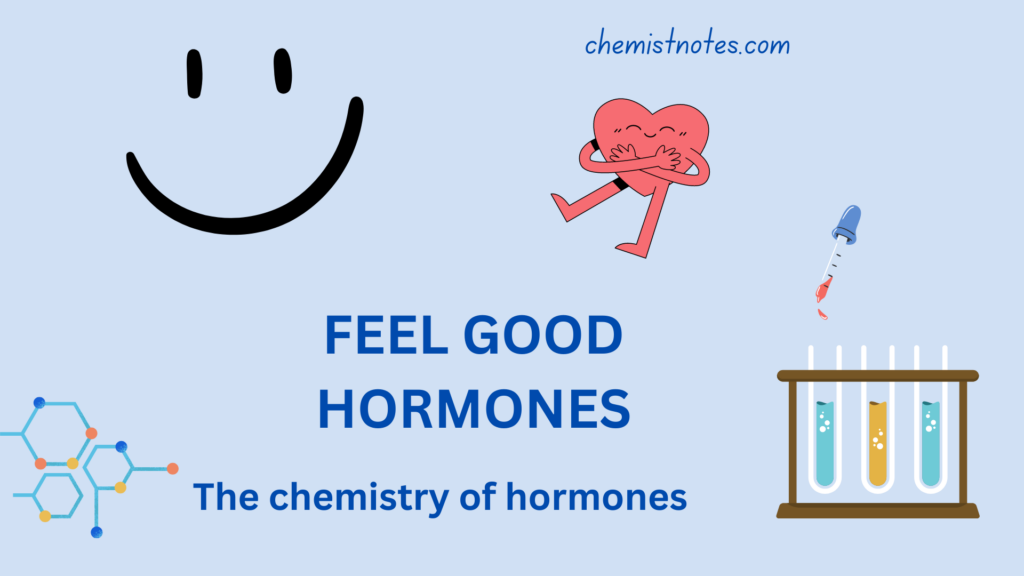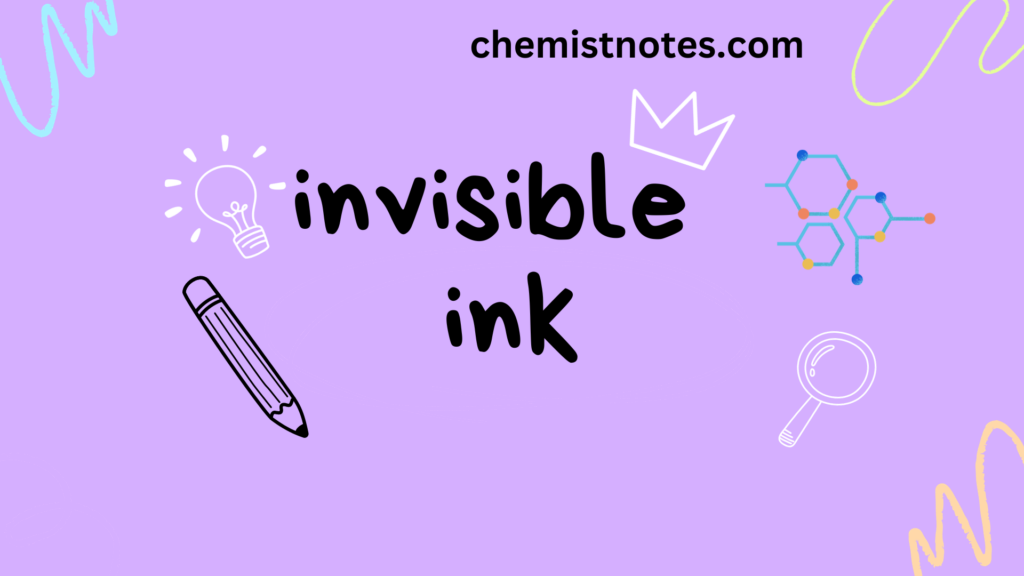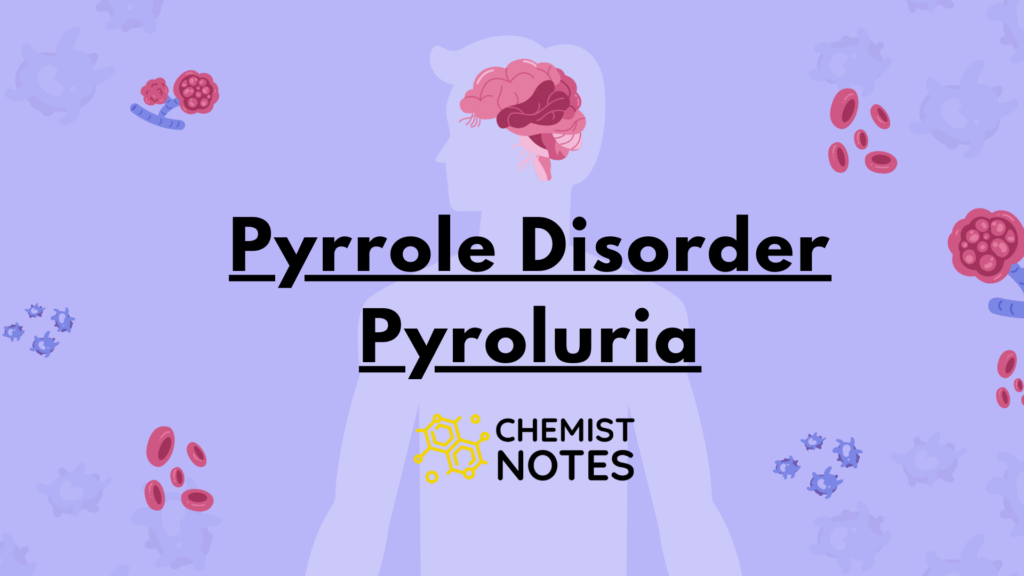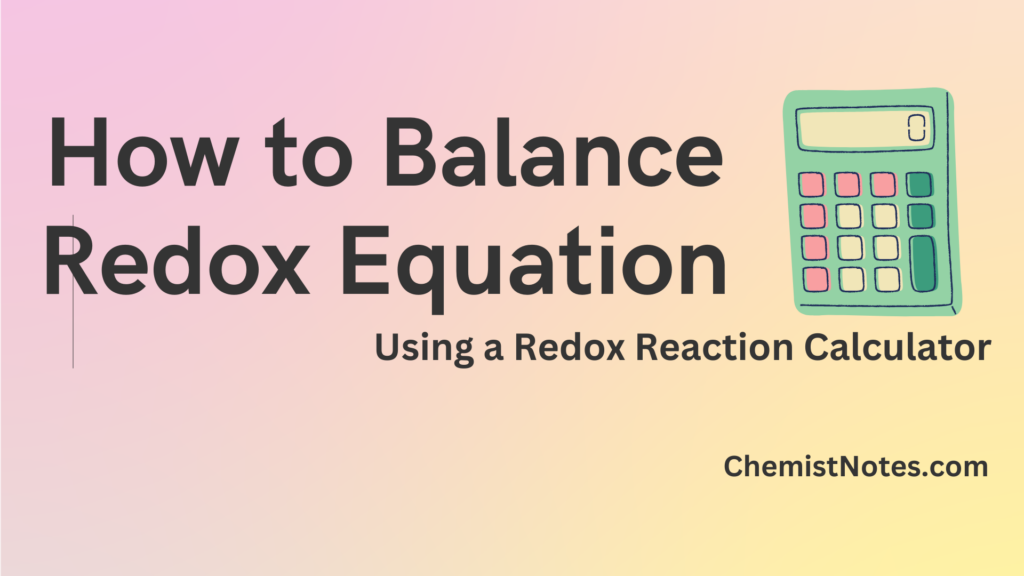Table of Contents
ToggleWhat is cannabis?
Cannabis, which belongs to the Cannabaceae family, contains three main species of cannabis: Cannabis
sativa, Cannabis indica, and Cannabis ruderalis. In the common tongue, it is called Hemp and
Marijuana. The word Hemp is for non-psychoactive cannabis and marijuana is for psychoactive
cannabis. Cannabis sativa is a species of plant with a rich, yet controversial history. In some countries,
It is legal to use, but in some countries, it is still illegal. Current studies focus on the use
of cannabis Sativa and its constituents, such as phytocannabinoids.

Chemical composition of cannabis
The plant Cannabis sativa and some of its subspecies are the sources of psychoactive products.
There are over 421 chemicals in total, 61 of which are cannabinoids, in the cannabis plant. It’s
interesting to note that when cannabis is smoked, more than 2000 compounds are produced by
pyrolysis, and they come from a variety of chemical classes, including nitrogenous compounds,
amino acids, hydrocarbons, sugar, terpenes, and simple fatty acids. Delta 9-tetrahydrocannabinol
(▵9-THC), the main psychoactive component of cannabis has a wide range of pharmacological
effects on both humans and animals. Along with the Delta 9THC other compounds present in
cannabis are 8_tetrahydrocannabinol, 11-hydroxy-▵9_ THC (11-OH-THC), Anandamide
(arachidonoylethanolamide), Cannabidiol (CBD), cannabinolic acid (CBNA), cannabigerolic acid (CBGA),
cannabichromenic acid (CBCA) and cannabinodiolic acid (CBNDA).
Cannabidiol (CBD) and tetrahydrocannabinol (THC)
Cannabidiol (CBD) and tetrahydrocannabinol (THC), are two natural compounds found in plants of the cannabis genus. The chemical responsible for the psycoactiveness is THC. THC is the main cannabinoid in marijuana used for drugs, whereas CBD predominates in hemp used for fiber. The molecular makeup of CBD and THC is the same: 21 carbon atoms, 30 hydrogen atoms, and 2 oxygen atoms. The various effects on your body are caused by a small variation in the arrangement of the atoms. The endocannabinoids in our body share chemical similarities with CBD and THC.
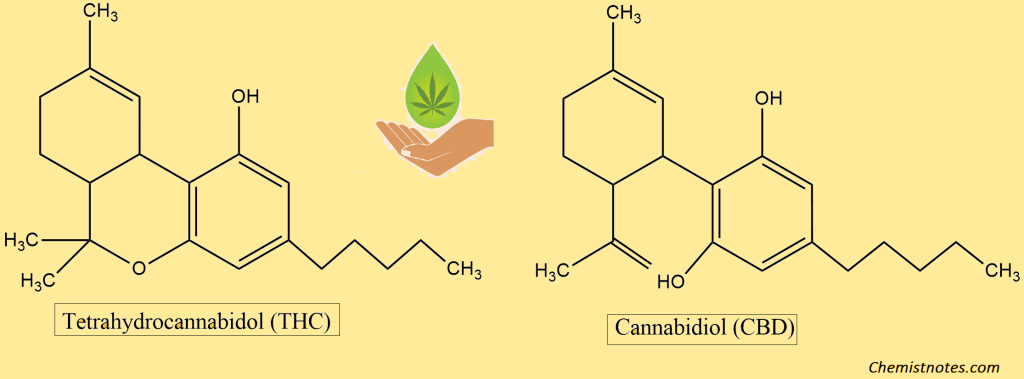
Uses in the drug industry
Several cannabinoids have been synthesized as drugs throughout the world some of them are; Marinol (dronabinol) and Cesamet (nabilone) and they are prescribed as antiemetics, pain relief, and for nausea. The oral medications Epidiolex and Sativex (nabiximols) are made from cannabis plant extracts. Sativex contains both CBD and THC and is prescribed to treat neuropathic pain while Epidiolex contains only CBD and is prescribed for seizures. The approval of these medications demonstrates a broader understanding of the therapeutic value that cannabinoids possess.
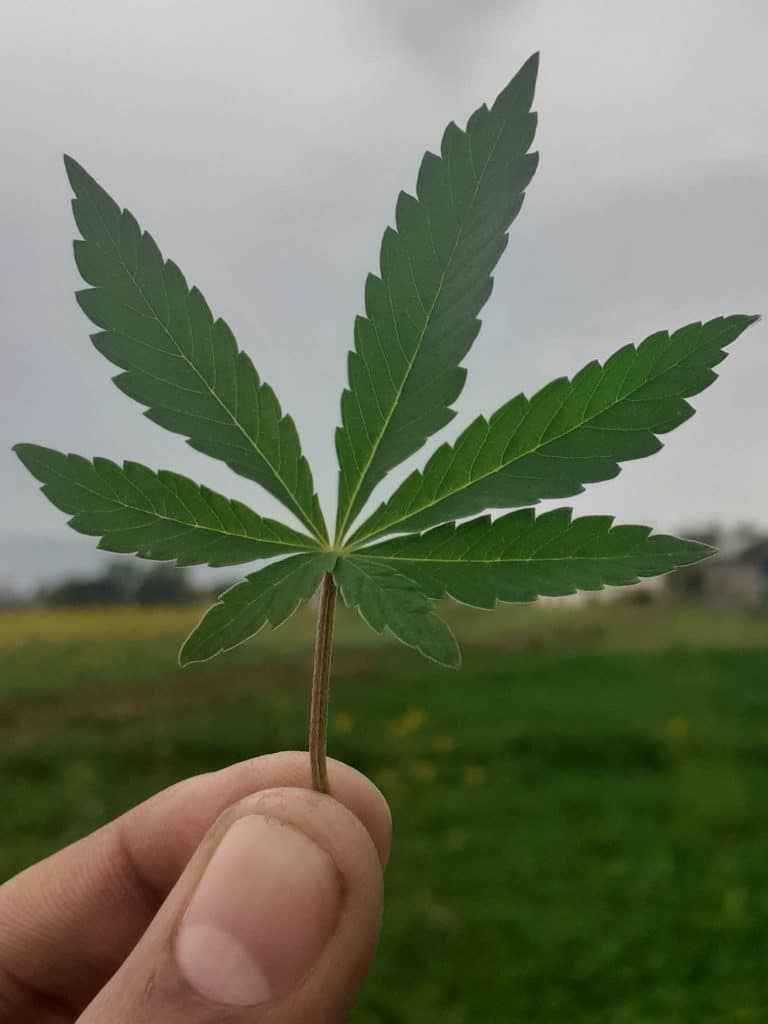
How are cannabinoids linked to health?
The interaction of cannabinoids with the endocannabinoid system in the human body determines
the majority of their biological characteristics. The endocannabinoid system is composed of the
two CB1 and CB2 G protein-coupled cannabinoid receptors, two endogenous ligands,
anandamide, and 2-arachidonylglycerol. Endocannabinoids play a significant role in the regulation
of psychological processes like appetite, pain perception, mood, memory, inflammation, insulin
sensitivity, and fat and energy metabolism. THC has a higher affinity for the CB1 receptor than
the CB2 receptor, which may be how it exerts its psychoactive effects. In addition to the CNS, the CB1 receptor is also present in immune cells as well as in tissues of the gastrointestinal tract,
the reproductive system, the adrenal glands, the heart, the lungs, and the bladder, where
cannabinoids can therefore exert their effects. THC exhibit potent anti-inflammatory, anti-
cancer, analgesic, muscle relaxant, neuro-antioxidative and anti-spasmodic activities.





